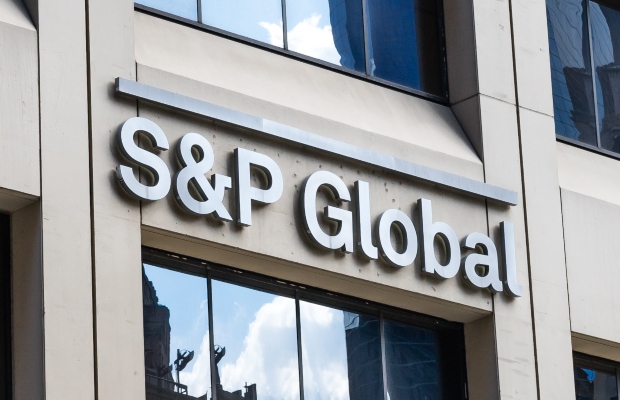
S&P Global has affirmed Pakistan’s long-term sovereign credit ratings at ‘CCC+’ and maintained a stable outlook ahead of the anticipated $7 billion International Monetary Fund (IMF) loan programme set to begin in August 2024 amid political upheaval. The global rating agency noted that official inflows have bolstered the country’s foreign exchange reserves. However, it cautioned that Pakistan remains dependent on sustained support and the rollover of credit facilities to maintain its external buffers, which are still low.
Recently, Fitch Ratings also upgraded Pakistan’s credit rating to ‘CCC+’ for the second time this year. In its commentary, S&P Global stated, “Hefty debt-servicing costs continue to exert pressure on the government’s fiscal position, at a time of high inflation, tight monetary conditions, and elevated political uncertainties that may affect the efficacy of policymaking.”
The stable outlook reflects a balance between risks to Pakistan’s external liquidity and fiscal performance over the next 12 months and the likelihood of continued support from multilateral and bilateral partners. While Pakistan has increased its foreign reserves over the past year, thus reducing near-term default risks, the rating agency believes the country still relies on favourable macroeconomic and financial developments to meet its long-term obligations.
S&P Global highlighted that sustained external concessional aid is crucial for rebuilding buffers. Continued strong foreign fund inflows and moderate current account deficits will likely be necessary for Pakistan to restore its external reserves. The country continues to face high gross external financing needs and vulnerabilities related to energy prices and foreign support availability and timing. Inflows from the IMF and prospective rollovers with Saudi Arabia, the United Arab Emirates, and China will be vital for managing Pakistan’s external financial requirements over the next six to 12 months.
“We expect the ratio of government debt to GDP and budgetary deficits to remain elevated. In combination with continued high domestic interest rates, this means that over 50% of government receipts will likely be used to service debt in fiscal 2025 (July 1, 2024-June 30, 2025), with a gradual reduction in the government’s cost of borrowing in subsequent years. Pakistan’s interest servicing-to-revenue ratio remains one of the highest globally among rated sovereigns.”
According to recent media reports, the government is in the early stages of renegotiating the terms of certain external loans related to its power sector. S&P Global stated that “restructuring official (non-commercial) debt will not be considered a default event” and that it may help reduce Pakistan’s debt servicing burden. The agency projected Pakistan’s economic growth would remain moderate amid challenging political conditions, tight domestic monetary policies, and persistent inflationary pressures, predicting a growth rate of about 3.5% for fiscal year 2025. It warned that the government’s reform efforts could face volatile social and political resistance, especially regarding austerity and tax-enhancing measures.


















COMMENTS
Comments are moderated and generally will be posted if they are on-topic and not abusive.
For more information, please see our Comments FAQ